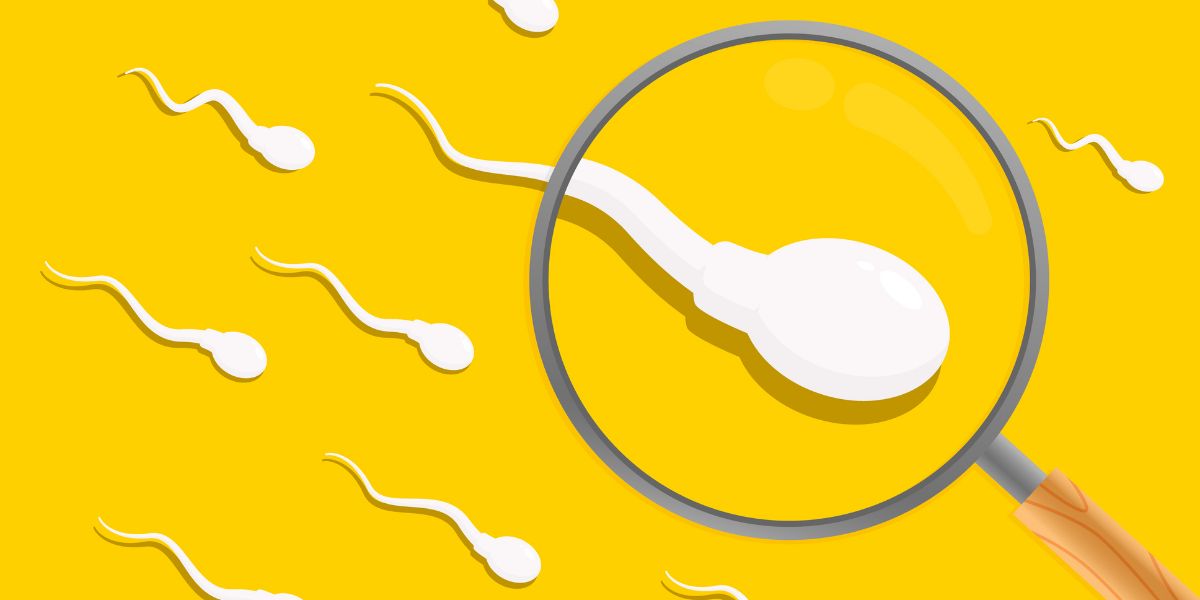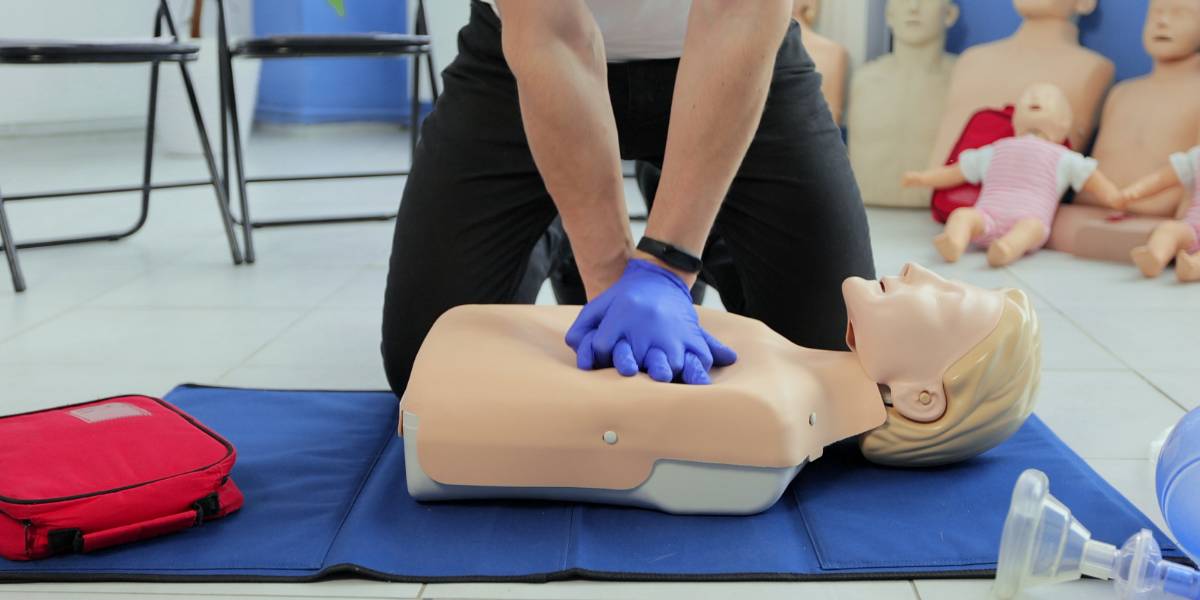Diabetic nerve pain is a syndrome that affects people with diabetes. This type of nerve pain can affect both type 1 and type 2 diabetes sufferers.
Nerve pain, also known as neuropathic pain, is a result of one of the complications of diabetes, called peripheral neuropathy, or diabetic neuropathy.
Why does diabetic nerve pain occur?
Diabetic nerve pain most commonly occurs when a person with diabetes has prolonged spells of high blood sugar levels. It is thought that high blood glucose affects the nerves by damaging the blood vessels which supply them.
High blood pressure, in addition to hyperglycemia, also has a detrimental effect on the nerves. Smoking and alcohol are also known to increase the risk of nerve pain occurring.
Where does diabetic nerve pain typically occur?
Diabetic nerve pain usually occurs in peripheral regions or extremities, such as feet and legs, hands and arms.
Neuropathic foot pain is one of a number of conditions affecting the feet which are termed as problems of ‘the diabetic foot’.
For this reason, people with diabetes are advised to undergo a foot examination once each year.
A foot exam can help in two ways, by helping to diagnose new problems, such as diabetic neuropathy or circulation problems and it can also help to spot further complications of the foot such as wounds, blisters and a joint disorder known as charcot arthropathy or charcot foot.
What are the symptoms of diabetic nerve pain?
Diabetic nerve pain symptoms can include:
- Prickling or tingling feelings
- A burning sensation
- Sharp, stabbing or shooting pains in the aforementioned areas.
These can range from mild to extreme. In serious cases the whole area may become numb.
A condition known as dysesthesia can develop, in some people, which affects one’s sense of touch causing a tingling or burning sensation and can cause sharp pain when touching everyday objects.
How does neuropathic pain affect people with diabetes?
Diabetic nerve pain unfortunately can be very dangerous for people with diabetes.
At an early stage it can impact on day to day activities such as walking, exercising or working with the hands.
At a later stage diabetic nerve pain can make even standing difficult.
One of the dangers of diabetic neuropathy is if it leads to a foot ulcer (wound) developing as high blood sugars and poor circulation can both mean the wound may take longer to heal and be more susceptible to infection getting in, which can sometime result in amputation.
I have diabetes and I’m worried about neuropathy pain, what should I do?
If you have diabetes and are concerned about diabetes nerve pain, contact your doctor or health care professional immediately to discuss your symptoms or take their advice.
Doctors can diagnose diabetic nerve pain and also help educate those with diabetes to manage blood sugar levels more effectively.
Can diabetic nerve pain be treated?
People suffering from nerve pain will usually be encouraged to make changes to their lifestyle and or their diabetes, such as giving up or cutting down on alcohol or smoking, taking more exercise and may receive help with controlling their blood sugar levels.
Your doctor may also offer treatments to reduce the symptoms of pain.
Medications for diabetic nerve pain
Medications which may be offered could include:
- Amitriptyline
- Pregabalin
- Duloxetine
- Nortriptyline
- Imipramine
- Lidocaine
- Tramadol






